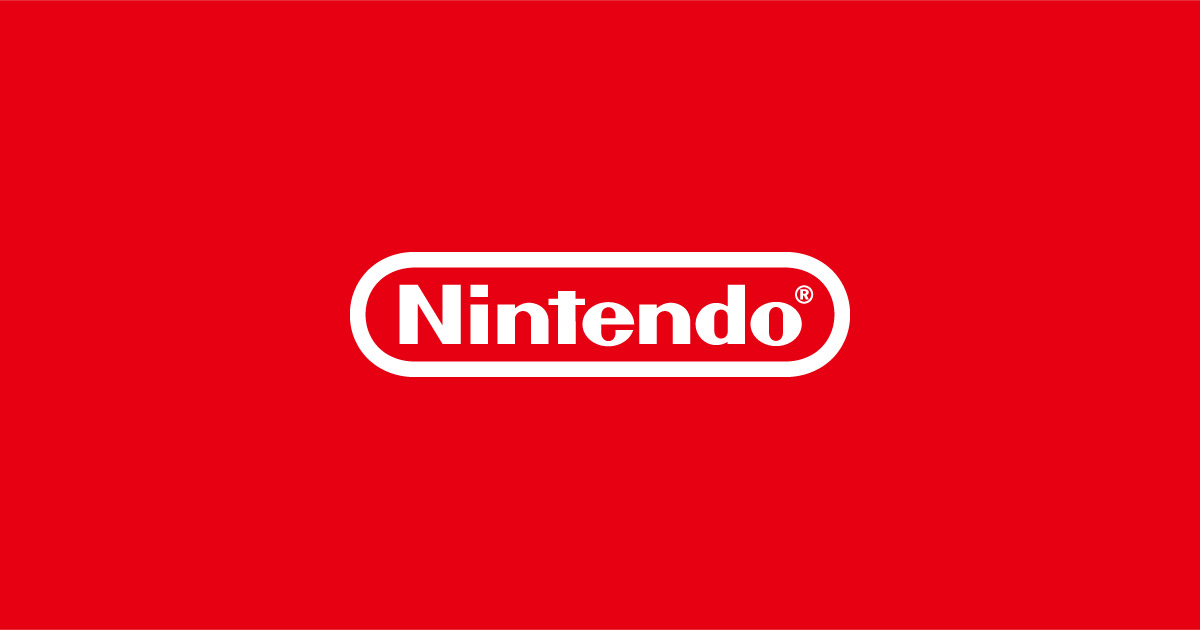Nintendo has officially lifted the lid on the technical specifications of its highly anticipated Nintendo Switch 2, confirming a suite of advanced hardware features intended to redefine portable gaming.
The Switch 2, powered by a custom-made processor from Nvidia, is set to deliver a significant leap in performance and visual fidelity on both TV and handheld modes, marking one of the company’s most ambitious hardware evolutions since the original Switch's debut in 2017. According to the technical specs chart released by Nintendo, and further elaborated by Nvidia, the new Switch 2 employs a custom processor equipped with dedicated RT (Ray Tracing) Cores and Tensor Cores.
Nvidia states that this new architecture provides 'up to 10 times the graphics performance' compared to the original Nintendo Switch.
In a detailed Nvidia blog post, the company explains that the dedicated RT Cores enable real-time ray tracing, bringing lifelike lighting, natural reflections, and highly realistic shadows into Nintendo’s uniquely stylized game worlds. Complementing this, Tensor Cores empower AI-driven features such as Deep Learning Super Sampling (DLSS).
DLSS leverages artificial intelligence to upscale lower-resolution images, allowing for improved resolution and sharper graphical details without compromising performance.
These cores also facilitate AI-powered functions like face tracking and background removal, opening new possibilities for social gaming and streaming through video chat support. The Switch 2’s hardware upgrades don’t stop there.
According to Nvidia, the console is capable of up to 4K gaming while docked and can reach up to 120 frames per second at 1080p in handheld mode.
HDR (High Dynamic Range) support and advanced AI upscaling are promised to further boost visual richness and maintain smooth gameplay.
Power efficiency remains a focus, with the hardware designed to balance performance with battery life, a critical requirement for hybrid systems. Dynamic lighting, advanced visual effects, and support for VRR (Variable Refresh Rate) via Nvidia G-Sync technology in handheld mode all contribute to delivering 'ultra-smooth, tear-free gameplay,' according to Nvidia’s technical documentation.
These new capabilities are expected to elevate the gaming experience on titles with high visual demands, such as Cyberpunk 2077, when they arrive on the platform. Early impressions from industry analysts reinforce the positive outlook.
Digital Foundry’s Richard Leadbetter offered his initial assessment via Eurogamer, noting, “Switch 2's reveal sets expectations in line with high-end handheld PCs, perhaps even exceeding them in docked mode.
While support for ray tracing is built into the Switch 2's T239 processor, practical demonstrations remain to be seen, particularly as mobile hardware must manage performance demands judiciously.
Nonetheless, Nintendo has confirmed both ray tracing and DLSS support.” Having shipped over 140 million units worldwide with the original Switch, Nintendo’s partnership with Nvidia signals another bold step in the evolution of hybrid gaming.
As developers begin to harness the Switch 2’s advanced processing capabilities, players and the industry alike are eager to see how next-generation experiences will unfold.
For now, official details emphasize a technical blueprint that’s set to push the boundaries of portable gaming, as fans await further updates from upcoming Nintendo Direct presentations and the Nintendo eShop.
The Switch 2, powered by a custom-made processor from Nvidia, is set to deliver a significant leap in performance and visual fidelity on both TV and handheld modes, marking one of the company’s most ambitious hardware evolutions since the original Switch's debut in 2017. According to the technical specs chart released by Nintendo, and further elaborated by Nvidia, the new Switch 2 employs a custom processor equipped with dedicated RT (Ray Tracing) Cores and Tensor Cores.
Nvidia states that this new architecture provides 'up to 10 times the graphics performance' compared to the original Nintendo Switch.
In a detailed Nvidia blog post, the company explains that the dedicated RT Cores enable real-time ray tracing, bringing lifelike lighting, natural reflections, and highly realistic shadows into Nintendo’s uniquely stylized game worlds. Complementing this, Tensor Cores empower AI-driven features such as Deep Learning Super Sampling (DLSS).
DLSS leverages artificial intelligence to upscale lower-resolution images, allowing for improved resolution and sharper graphical details without compromising performance.
These cores also facilitate AI-powered functions like face tracking and background removal, opening new possibilities for social gaming and streaming through video chat support. The Switch 2’s hardware upgrades don’t stop there.
According to Nvidia, the console is capable of up to 4K gaming while docked and can reach up to 120 frames per second at 1080p in handheld mode.
HDR (High Dynamic Range) support and advanced AI upscaling are promised to further boost visual richness and maintain smooth gameplay.
Power efficiency remains a focus, with the hardware designed to balance performance with battery life, a critical requirement for hybrid systems. Dynamic lighting, advanced visual effects, and support for VRR (Variable Refresh Rate) via Nvidia G-Sync technology in handheld mode all contribute to delivering 'ultra-smooth, tear-free gameplay,' according to Nvidia’s technical documentation.
These new capabilities are expected to elevate the gaming experience on titles with high visual demands, such as Cyberpunk 2077, when they arrive on the platform. Early impressions from industry analysts reinforce the positive outlook.
Digital Foundry’s Richard Leadbetter offered his initial assessment via Eurogamer, noting, “Switch 2's reveal sets expectations in line with high-end handheld PCs, perhaps even exceeding them in docked mode.
While support for ray tracing is built into the Switch 2's T239 processor, practical demonstrations remain to be seen, particularly as mobile hardware must manage performance demands judiciously.
Nonetheless, Nintendo has confirmed both ray tracing and DLSS support.” Having shipped over 140 million units worldwide with the original Switch, Nintendo’s partnership with Nvidia signals another bold step in the evolution of hybrid gaming.
As developers begin to harness the Switch 2’s advanced processing capabilities, players and the industry alike are eager to see how next-generation experiences will unfold.
For now, official details emphasize a technical blueprint that’s set to push the boundaries of portable gaming, as fans await further updates from upcoming Nintendo Direct presentations and the Nintendo eShop.






